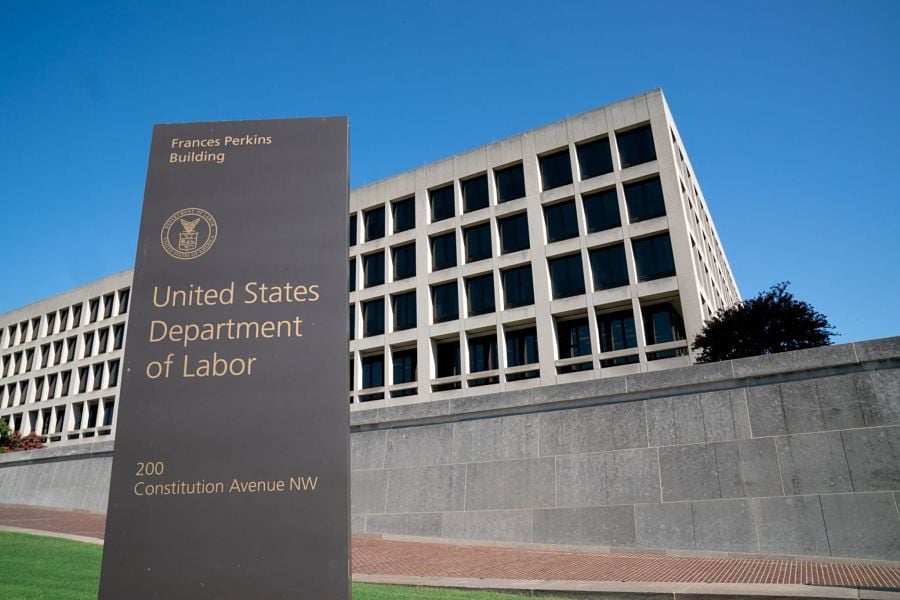

As target date funds continue to gain popularity in 401(k) plans, the Government Accountability Office is urging the DOL to update its guidance on the retirement investment options.
In a recently published report, the GAO highlighted that TDFs, which automatically adjust asset allocation from higher risk investments to more conservative ones as participants near retirement, have become a staple in retirement planning.
Based on data from Morningstar as well as documents and interviews with the industry, GAO found the proportion of 401(k) participants offering TDFs as an investment option nearly doubled from 42 percent in 2006 to 84 percent in 2020.
This increase, it said, is largely attributed to the benefits TDFs offer, such as lower fees, diversified portfolios, and the simplicity of a "set it and forget it" investment strategy. The shift towards auto-enrollment in 401(k) plans has further propelled the dominance of TDFs, with a significant number of participants investing primarily in these funds.
GAO noted that the performance and risk associated with TDFs can vary considerably, especially as they near their target retirement date.
For example, during the market disruptions triggered by the COVID-19 pandemic in March 2020, TDFs with longer timelines experienced greater losses compared to those closer to their target dates due to their higher allocation in riskier assets.
An average TDF with a glide path ending in 2060 saw a 14 percent decline in value, whereas a 2020-targeted fund saw an 8 percent decrease, according to GAO.
“Negative returns are significant for participants close to, or in, retirement because they have less time to recover from them than those who are further from retirement,” it said.
Despite the critical role TDFs play in retirement security, GAO said the DOL’s existing guidelines have fallen far behind the industry. It said the guidance, last updated in 2013 for plan sponsors and 2010 for participants, don’t account for newer investment vehicles such as collective investment trusts or the evolving dynamics of financial markets.
The GAO report called on the DOL to refresh both its 2010 and 2013 guidance to better assist plan sponsors and participants in making informed decisions about TDFs.
Though the federal agency disagreed with its recommendations, GAO said it “continues to believe both are warranted.”

While industry statistics pointing to a succession crisis can cause alarm, advisor-owners should be free to consider a middle path between staying solo and catching the surging wave of M&A.

New joint research by T. Rowe Price, MIT, and Stanford University finds more diverse asset allocations among older participants.

With its asset pipeline bursting past $13 billion, Farther is looking to build more momentum with three new managing directors.

A Department of Labor proposal to scrap a regulatory provision under ERISA could create uncertainty for fiduciaries, the trade association argues.

"We continue to feel confident about our ability to capture 90%," LPL CEO Rich Steinmeier told analysts during the firm's 2nd quarter earnings call.
Orion's Tom Wilson on delivering coordinated, high-touch service in a world where returns alone no longer set you apart.
Barely a decade old, registered index-linked annuities have quickly surged in popularity, thanks to their unique blend of protection and growth potential—an appealing option for investors looking to chart a steadier course through today's choppy market waters, says Myles Lambert, Brighthouse Financial.
